In our fast-paced society, it is easy to lose sight of history and beginnings.
About Christian Artwork
It seems especially appropriate during this holiday period to take a step back and look at early Christian symbols, artwork and architecture. Here is a brief synopsis and timeline from Artwork Abode.
1st-3rd Century A.D. — Art did not have a significant role for the earliest Christians. According to a liturgical scholar, Massy Shepherd, few examples of early Christian art characteristics can be dated prior to the 3rd century. Early Christian art and architecture appears to be influenced by Greco-Roman culture.
4th Century A.D. — The conversion of Constantine to Christianity marked the beginning of public Christian artwork that extended beyond only the wealthy. One of the most visible examples was the portrayal of Christ in the Good Shepherd.
5th Century A.D. — From this point on, the Trinity is often depicted in art and text. The hand of God and the Dove of the Holy Spirit in the Baptism of Christ and three angelic visitors to Abraham are prime examples.
6th-7th Century A.D. — This period marked the emergence of small objects such as reliquary boxes and ampullas brought home by pilgrims from Palestine. Early Christian and Celtic art was influenced by Irish monks in their manuscripts.
8th Century A.D. — The making of icons was affirmed in 787 by the Second Council of Nicea and Empress Irene. In the Byzantine domain, the Imperial government (Constantinople) halted production of religious images.
9th Century A.D. — Most 9th century art was devoted to the Church. For example, Roman Catholic mass used basic tools. Many golden art objects such as sacred altar pieces and cups kept the light of art alive. Artistic touches also began to appear in architecture through Church facilities.
10th Century A.D. — A period of economic depression, political upheaval and social change slowed the development of Christian art from the late 9th century into the first half of the 10th century. Artistic activity finally resumed in the latter portion of the century.
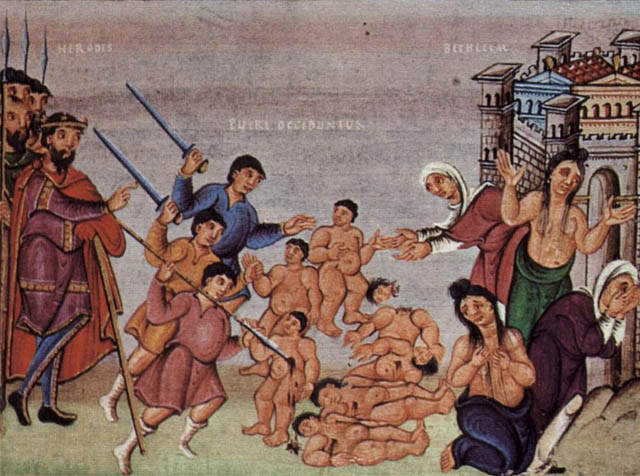
11th Century A.D. — This is often referred to as an “invisible” period in the lengthy history of early Christianity art.
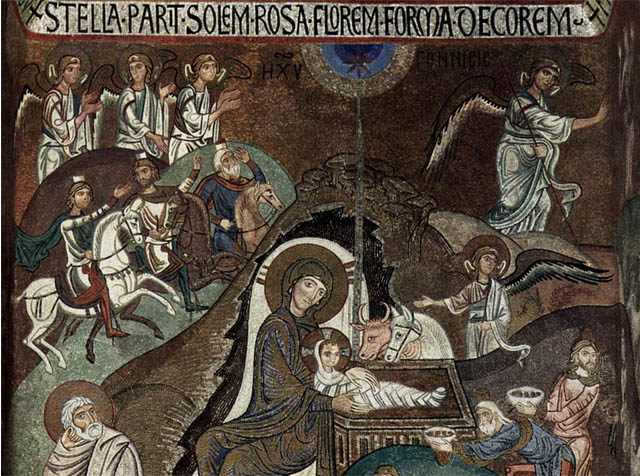
12th Century A.D. — Architecture was distinguished by ceilings of masonry and a Romanesque style that combined rounded arches and massive walls. With fewer large windows, creative artists and interior designers of the day compensated by using brightly painted scenes depicting Biblical themes.
13th Century A.D. — Artistic prayer books began to appear. Called “books of hours” because of the prescribed periods for using them, decorative illustrations were a popular feature that justified a higher price.
14th-17th Century A.D. — Renaissance art often included painting with oil on canvas. The humanity of Christ was a common theme as artists depicted the earthly birth and death of Christ.
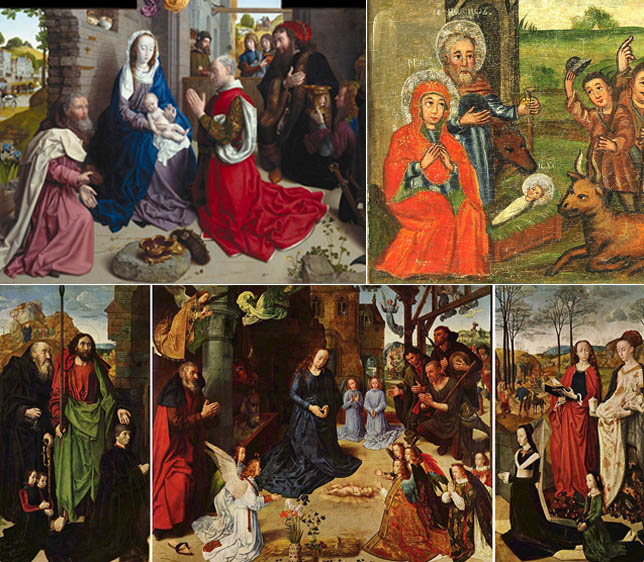
18th Century A.D. — Leading artists reduced their emphasis on religious works. This period marks the beginning of art branching in several directions, some influenced by the Church and some not.
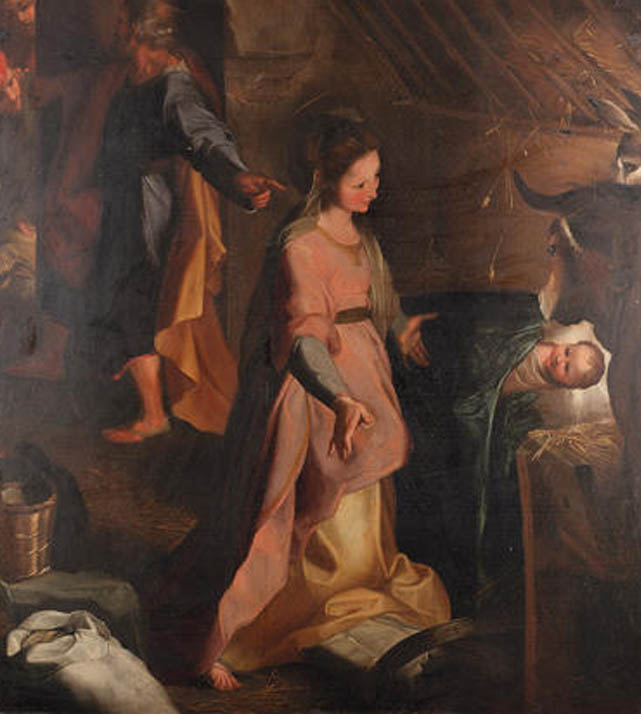
19th Century A.D. — This period is distinguished by a growing focus on ancient and medieval Christian artwork for artistic appreciation purposes and not simply worship. Nevertheless, notable modern artists such as Henri Matisse and Marc Chagall produced well-known pieces of art for church use.
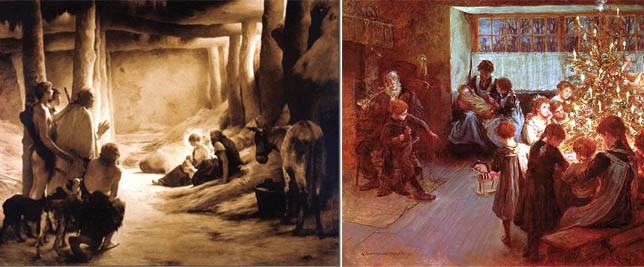
20th Century A.D. – present — Broad distribution of holy cards were helped immeasurably by the invention of color lithography. The modern era of Christian artwork includes successful business strategies such as companies that have specialized in commercial approaches and commercial Christian artists.
If you like this article, use our social share buttons to share this with your friends and relatives.
Happy Holidays from Artwork Abode!



